Exhibition dates: 19th September, 2023 – 14th January, 2024
Curator: Clément Chéroux, director, Fondation HCB
Ruth Orkin (American, 1921-1985)
My shadow down the hill
San Francisco, 1938
© 2023 Ruth Orkin Photo Archive
Wishing all readers of Art Blart a Happy New Year … but first, a glorious posting to finish the year 2023!
What a joy it is to see a young seventeen-year-old artist spreading their wings and taking such accomplished photographs. “Her photographs of street scenes, of buildings cut by subtle lighting effects, her poetic and touching images” are remarkable for their pictorial construction – framing, understanding and use of light and shadow, perspective – and how they tell the story in a single, beautiful image.
Of particular interest is
1/ How Orkin uses the bicycle and its shadow to frame subject matter, showing an implicit understanding of modernist photography. Images such as Thru the wheels of Commerce, Frisco dockyards on the photo album page San Francisco 1939 (below) are almost Duchampian in their conceptualisation. The artist’s use of near / far, high / low and the reverse of that perspective is exceptional.
2/ How Orkin constructs the pages of the photo album, neatly gridded in either horizontal or vertical photographs (never mixed). Through collective images and text this girded visualisation formalises the journey in her mind, illuminating what a transformative experience it must have been – a rite of passage between youth and adulthood (I have no details on when or why the photo album was constructed). What adventures she must have had, shooting-the-streets at 6am in the morning before going to an Italian grocery store for breakfast!
Further, in the photo album page San Francisco 1939 No’s 33-39 (below) we can observe in the young artist an understanding of how to sequence photographs in their ebb and flow: the bicycle framing the vanishing point in 33 leads to its inversion in Orkin’s shadow in 34; this shadow is echoed in the positive in the sculpture of Voleenteer Firemen (complete with misspelling) in 35 which then leads into the thrusting Italian Church of 36 … but here it is the hanging vegetation which is of import, for the vertical drapery is then inverted in the perspective of the ground shadow in 37 Weeping willows; the opening of the light in that image is echoed in the vista between the bicycle frame in 38 Bay from Cort Tower, this negative space then itself inverted in the self-portrait in 39.
3/ How the addition of text can provide a different interpretation to the images for the viewer. The media images were shorn of the text from the photo album pages (being cropped without text) – lack of con/text which to my eyes denudes them of Orkin’s interpretation and feelings about her images.
For example, the photograph captioned in the press images These people are standing in the middle of Washington St & reading the blackboard wall bulletins, on a newspaper office, Boston, 1939 (below) – reminiscent of Atget’s photograph Pendant l’éclipse (During the eclipse) 1912 (below) – is actually inscribed, These people are standing in the middle of Washington St & reading the blackboard wall bulletins, on a newspaper office. Sept 1.
Some may wonder why the deletion of “Sept 1” is so important… until you realise that Sept 1, 1939 was the day that Hitler’s Nazi Germany invaded Poland leading to the official start of World War 2 (although war had been raging in Manchuria between China and Japan since 1931). Without that word and number all we have in that photograph is a varied group of people looking up at news bulletins. But with their addition, and Orkin knew this only too well, the photograph assimilates the significance of world events into its very being … and then reflects back to the viewer an understanding of how those events will subsequently affect every person in that photograph. If that word and number is not there (as in the press images title) we would have never known the import of the moment that Orkin captured.
Finally, I would acknowledge the precocious talent of Ruth Orkin and her perspicacious (from Latin perspicax, perspicac– ‘seeing clearly’) nature. On this road trip she was young and full of joys of taking photographs, perceptive and aware of the world around her. For me the photographs are more than sketches that map out the beginnings of her photographic style – they are her style, fully formed and eloquent in their subtle, formal beauty. What an accomplishment for any artist no matter their age.
Dr Marcus Bunyan
Many thankx to the Fondation Henri Cartier-Bresson for allowing me to publish the photographs in the posting. Please click on the photographs for a larger version of the image.
L’exposition Ruth Orkin – Bike Trip, USA, 1939
Curator: Clément Chéroux
In 1939, at the age of 17, Ruth Orkin crossed the United States alone with her bike, her camera and only $25 in her pocket. This “bike trip” across the United States took her from Los Angeles to New York, where she planned to visit the World’s Fair. Her journey and her audacity, exceptional for the time, aroused the curiosity of the local press, which devoted numerous reports to her while she was there. It was during this epic bicycle trip that Ruth Orkin sketched out the beginnings of her photographic style. Her photographs of street scenes, of buildings cut by subtle lighting effects, her poetic and touching images, in which she doesn’t hesitate to stage her metal steed, will be shown for the first time in France at an exhibition at the Henri Cartier-Bresson Foundation. In 1951, having become a professional photographer (after working as a courier for MGM studios), Ruth Orkin produced her most famous image, American Girl in Italy, showing a woman travelling alone, under the gaze of the men who surround her and occupy public space, as a nod to her personal experience.
Text from the Fondation Henri Cartier-Bresson website
Ruth Orkin (American, 1921-1985)
My shadow down the hill
San Francisco, 1938
© 2023 Ruth Orkin Photo Archive
Ruth Orkin (American, 1921-1985)
Bay from Coit Tower, Treasure Island at left
San Francisco, 1938
© 2023 Ruth Orkin Photo Archive
Ruth Orkin (American, 1921-1985)
Bay from Coit Tower, Treasure Island at left
San Francisco, 1938
© 2023 Ruth Orkin Photo Archive
Ruth Orkin (American, 1921-1985)
San Francisco 1939
1939
From the series Ruth Orkin: Bike Trip, USA, 1939
© 2023 Ruth Orkin Photo Archive
Eugène Atget (French, 1857-1927)
Pendant l’éclipse (During the eclipse)
1912
Albumen print
Although the moon is not visible in this photograph by Eugène Atget, its presence and appeal are implied. The crowd gathered in Paris’s Place de la Bastille on April 17, 1912, was observing a solar eclipse through viewing apparatuses. Atget, rather than recording the astronomical event itself, turned his attention to its spectators. Though Atget made more than 8,500 pictures of Paris and its environs in a career that spanned over thirty years – most documenting the built environment – this photograph is an unusual example that focuses on a crowd of people.
Text from the MoMA website
Ruth Orkin (American, 1921-1985)
These people are standing in the middle of Washington St & reading the blackboard wall bulletins, on a newspaper office
Boston, 1939
© 2023 Ruth Orkin Photo Archive
Ruth Orkin (American, 1921-1985)
These people are standing in the middle of Washington St & reading the blackboard wall bulletins, on a newspaper office. Sept 1.
Boston, 1939
From the series Ruth Orkin: Bike Trip, USA, 1939
© 2023 Ruth Orkin Photo Archive
Ruth Orkin (American, 1921-1985)
Chicago 1939
1939
From the series Ruth Orkin: Bike Trip, USA, 1939
© 2023 Ruth Orkin Photo Archive
Ruth Orkin (American, 1921-1985)
U.S. Continent and Chicago 1939
1939
From the series Ruth Orkin: Bike Trip, USA, 1939
© 2023 Ruth Orkin Photo Archive
Exhibition
For the first time in France, the Fondation Henri Cartier-Bresson presents a solo exhibition on American photographer Ruth Orkin (1921-1985), internationally known for her photograph American Girl in Italy (1951), an iconic image of a women travelling alone. While still a teenager, Orkin undertook a pioneering journey across the United States from West to East.
In 1939, at 17 and still living with her parents in Los Angeles, Ruth Orkin decided to cross the United States solo, from the Pacific to the Atlantic. She travelled less by bicycle than with a bicycle, crossing long distances by car, train, and bus, using her bicycle to explore big cities: Chicago, Philadelphia, Washington, New York, Boston and San Francisco.
Over a four-month period, she took 350 photographs: urban scenes, numerous self-portraits and striking compositions framed by her bicycle. In each city she visited, local newspapers covered her story, interviewing and photographing her. With the unexpected publicity, she was invited everywhere, given tickets to shows, and even received a new two-wheeler.
Orkin’s stated aim upon departure was to visit the New York World’s Fair, but the transcontinental adventure proved far more decisive. It was a defining moment in her personal and artistic development, confirming the old adage: it’s not the destination, it’s the journey.
The exhibition brings together around forty photographs and archival documents, including Ruth Orkin’s manuscript on this adventure.
Biography
Born in Boston in 1921, Ruth Orkin grew up in Hollywood. At the age of 10, she received her first camera and began photographing her friends and teachers at school. In 1938, at 17 years old, she took a monumental bicycle trip across the United States from Los Angeles to New York City to see the 1939 World’s Fair, and she photographed along the way.
In 1943, the photographer moved to New York where worked for all the major magazines, including LIFE, which sent her to Israel in 1951. She then went to Italy, where she met Jinx Allen, an art student and fellow American, who became the subject of American Girl in Italy. The photograph was part of a series titled When You Travel Alone, about what they encountered as women traveling alone in Europe after the war.
On her return to New York, Orkin married the photographer and filmmaker Morris Engel. Together they produced two feature films, including Little Fugitive, which was nominated at the Oscar in 1953. From their New York apartment overlooking Central Park, Orkin photographed numerous events (marathons, parades, concerts) and the beauty of the changing seasons. Ruth Orkin passed away in 1985.
Text from the Fondation Henri Cartier-Bresson website
Ruth Orkin (American, 1921-1985)
Conn & the Sound. Nearly lost my camera taking these because of wind
New England, 1939
© 2023 Ruth Orkin Photo Archive
Ruth Orkin (American, 1921-1985)
Conn & the Sound. Nearly lost my camera taking these because of wind
New England, 1939
From the series Ruth Orkin: Bike Trip, USA, 1939
© 2023 Ruth Orkin Photo Archive
Long Island Sound is a marine sound and tidal estuary of the Atlantic Ocean. It lies predominantly between the U.S. state of Connecticut to the north and Long Island in New York to the south. From west to east, the sound stretches 110 mi (180 km) from the East River in New York City, along the North Shore of Long Island, to Block Island Sound. A mix of freshwater from tributaries, and saltwater from the Atlantic Ocean, Long Island Sound is 21 mi (34 km) at its widest point and varies in depth from 65 to 230 feet (20 to 70 m).
Text from the Wikipedia website
Ruth Orkin (American, 1921-1985)
Washington 1939
1939
From the series Ruth Orkin: Bike Trip, USA, 1939
© 2023 Ruth Orkin Photo Archive
Ruth Orkin (American, 1921-1985)
Washington Monument as seen from the Lincoln Memorial & reflected in the Mall
Washington D.C., 1939
© 2023 Ruth Orkin Photo Archive
Ruth Orkin (American, 1921-1985)
Washington Monument as seen from the Lincoln Memorial & reflected in the Mall
Washington D.C., 1939
From the series Ruth Orkin: Bike Trip, USA, 1939
© 2023 Ruth Orkin Photo Archive
Ruth Orkin (American, 1921-1985)
“Through the Wheels of Justice” The Supreme Court across from Capitol Hill
Washington D.C., 1939
© 2023 Ruth Orkin Photo Archive
Ruth Orkin (American, 1921-1985)
“Through the Wheels of Justice” The Supreme Court across from Capitol Hill
Washington D.C., 1939
From the series Ruth Orkin: Bike Trip, USA, 1939
© 2023 Ruth Orkin Photo Archive
Ruth Orkin (American, 1921-1985)
“EI” running over a slum street. Municipal building in background
New York, 1939
© 2023 Ruth Orkin Photo Archive
Ruth Orkin (American, 1921-1985)
“EI” running over a slum street. Municipal building in background
New York, 1939
From the series Ruth Orkin: Bike Trip, USA, 1939
© 2023 Ruth Orkin Photo Archive
Ruth Orkin (American, 1921-1985)
Sunset over lower Manhattan
New York, 1939
© 2023 Ruth Orkin Photo Archive
Ruth Orkin (American, 1921-1985)
Sunset over lower Manhattan
New York, 1939
From the series Ruth Orkin: Bike Trip, USA, 1939
© 2023 Ruth Orkin Photo Archive
Ruth Orkin (American, 1921-1985)
17-Year-Old Girl Pedals Bicycle From Los Angeles to Boston, newspaper clipping from Boston
August 1939
© 2023 Ruth Orkin Photo Archive
Map describing the route taken by car
1939
© 2023 Ruth Orkin Photo Archive
Ruth Orkin (American, 1921-1985)
An American Girl in Italy
Florence, 1951
© 1952, 1980 Ruth Orkin Photo Archive
Fondation Henri Cartier-Bresson
79 rue des Archives
75003 Paris
Opening hours:
Tuesday – Sunday 11am – 7pm
Closed on Mondays

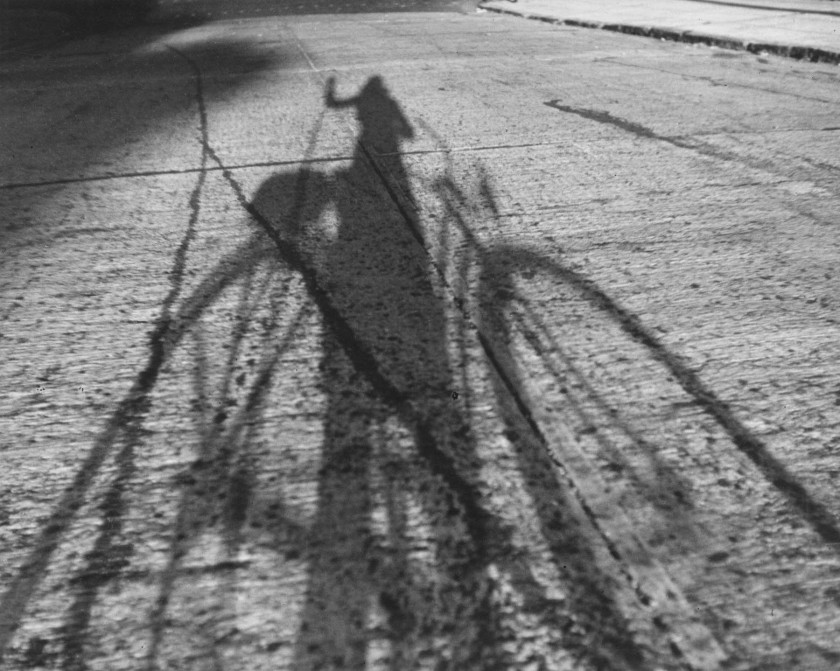
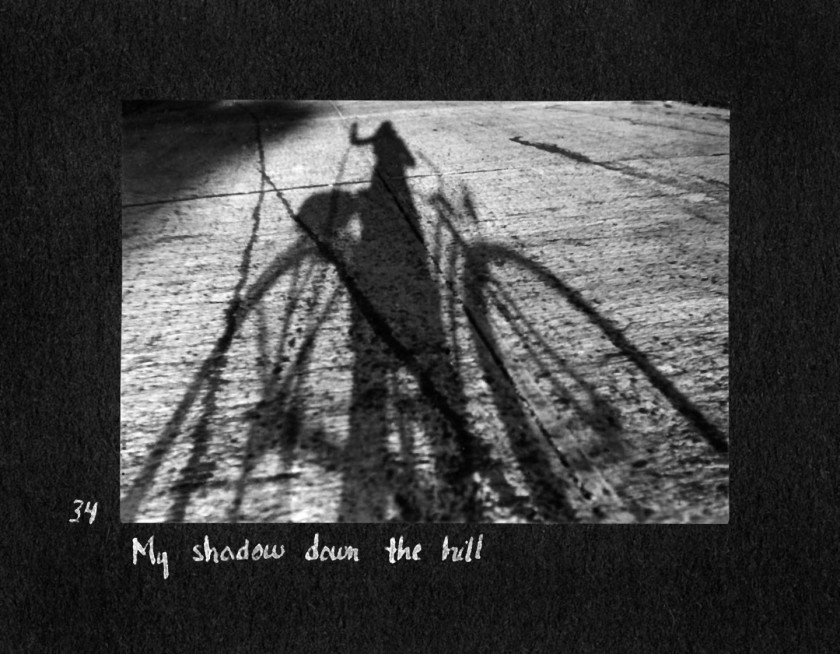


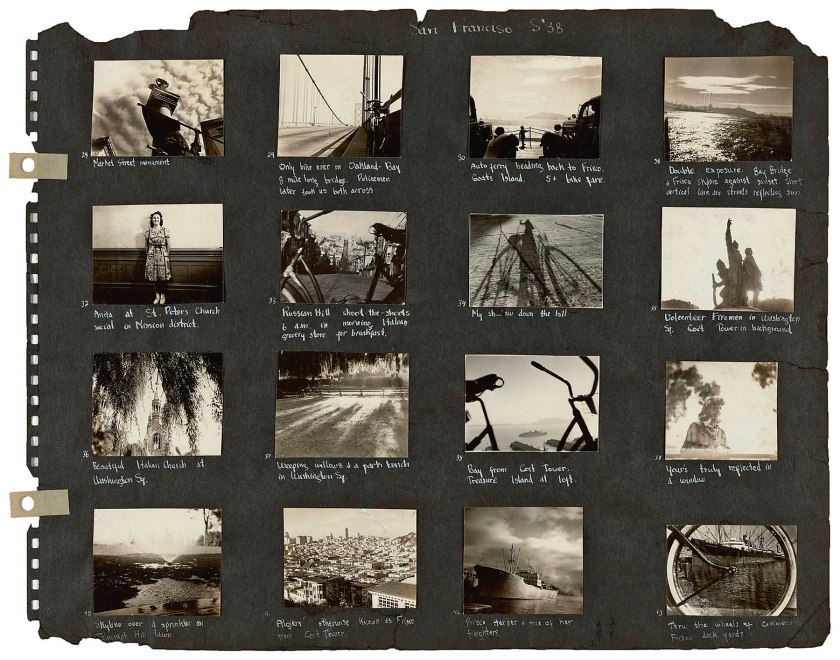













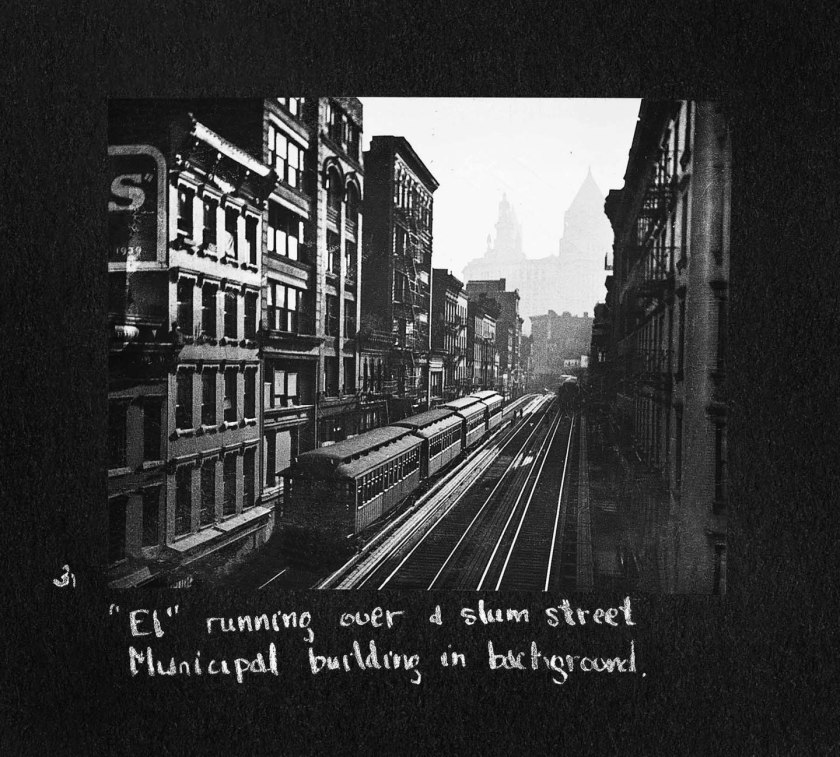






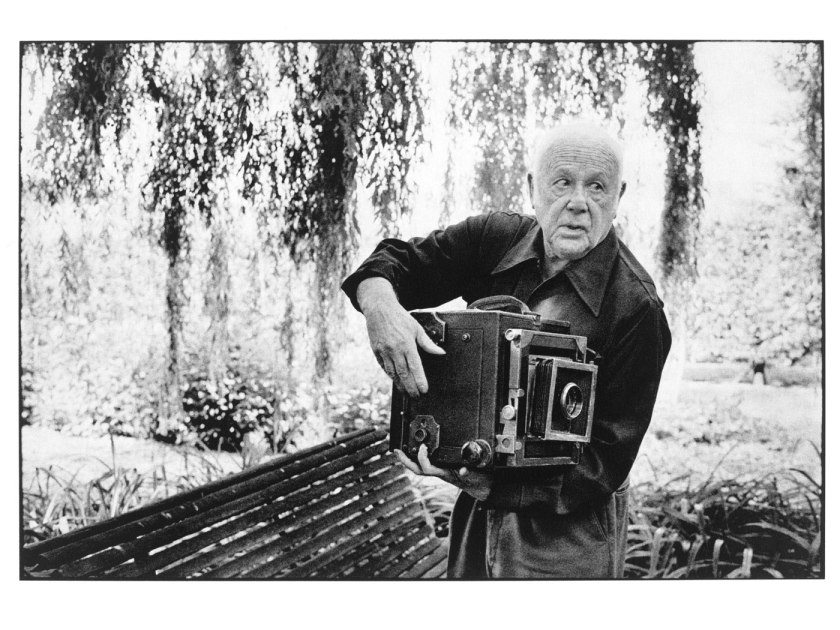











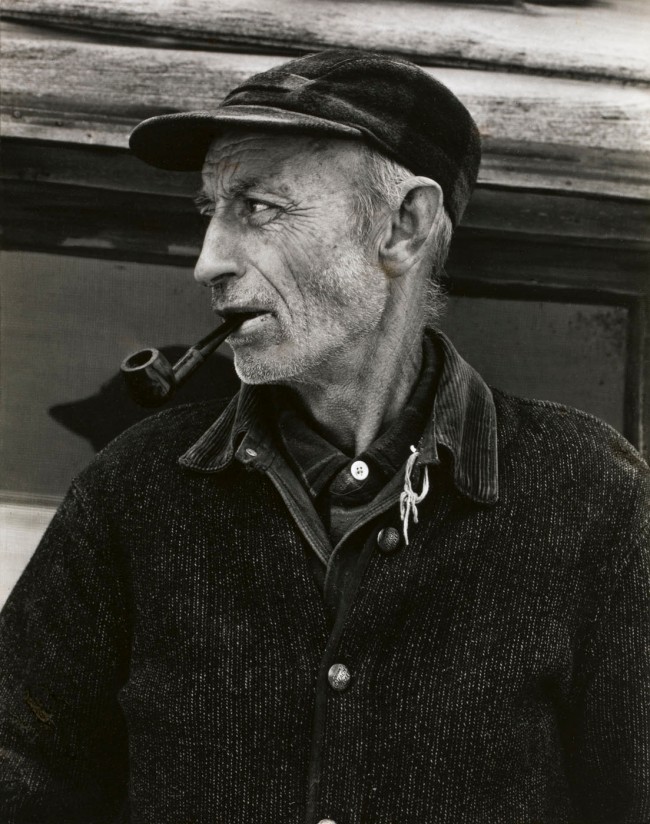









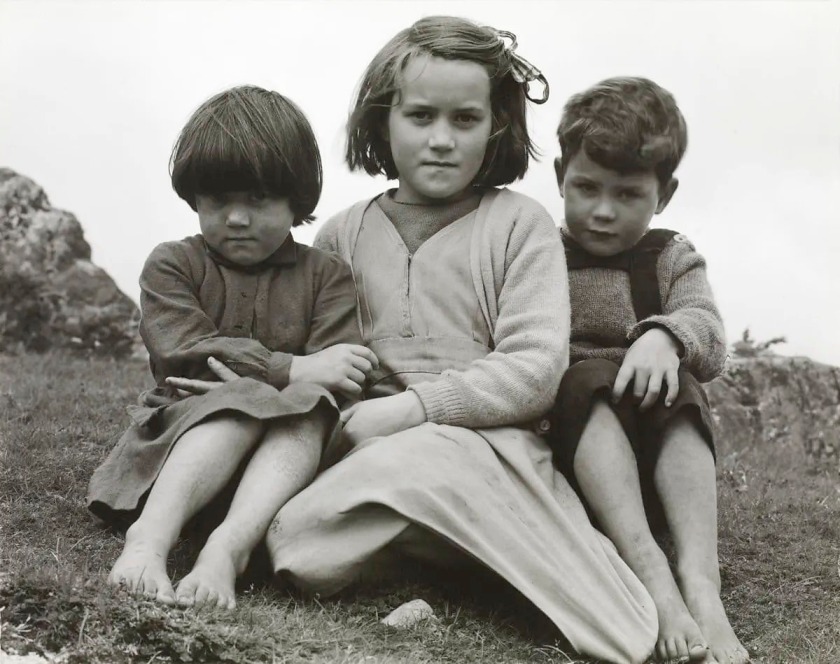





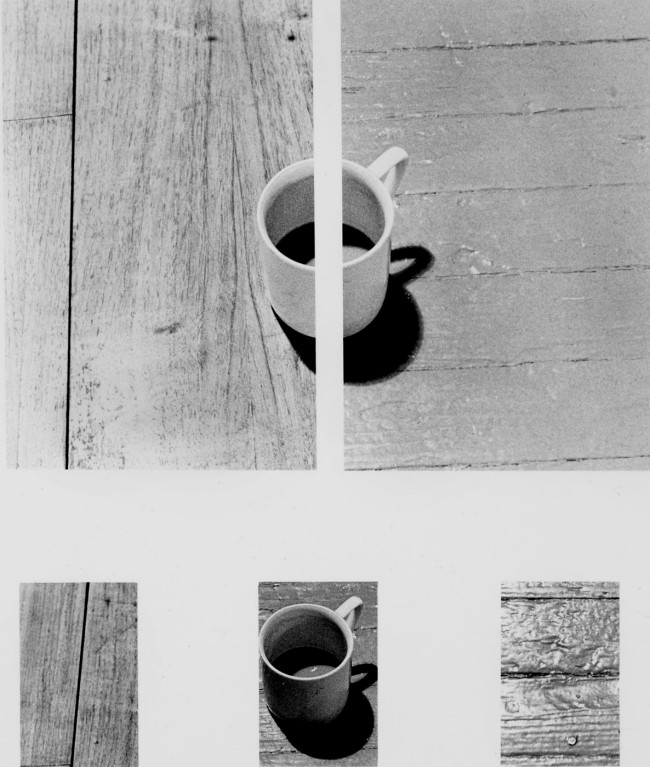
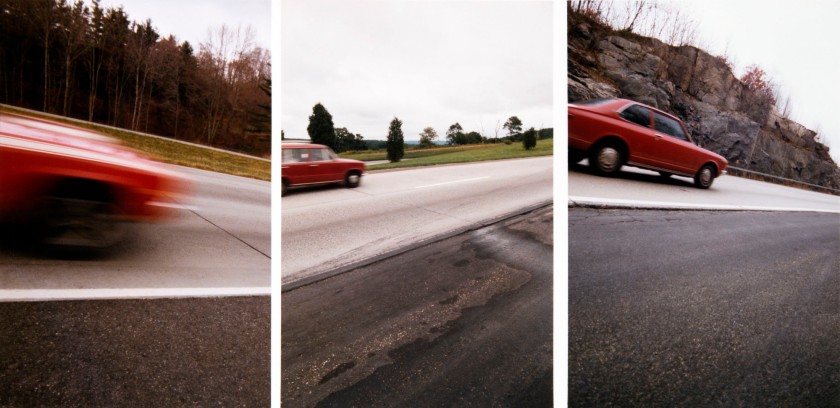
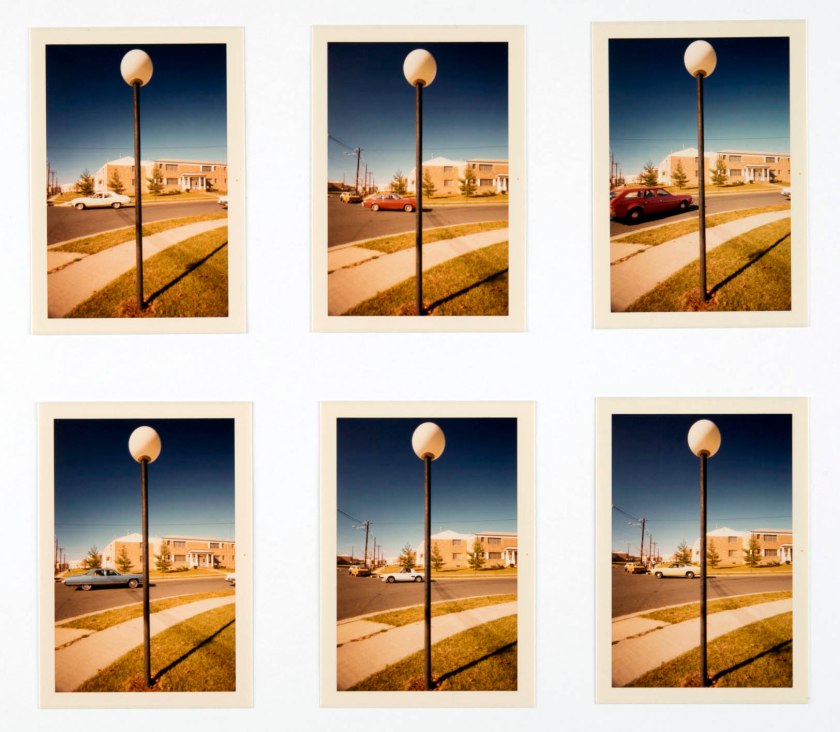
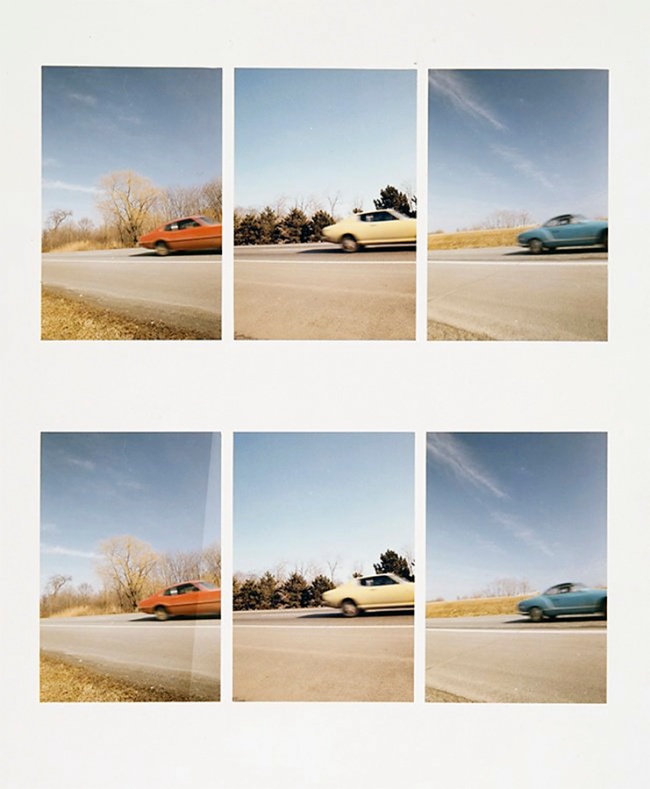
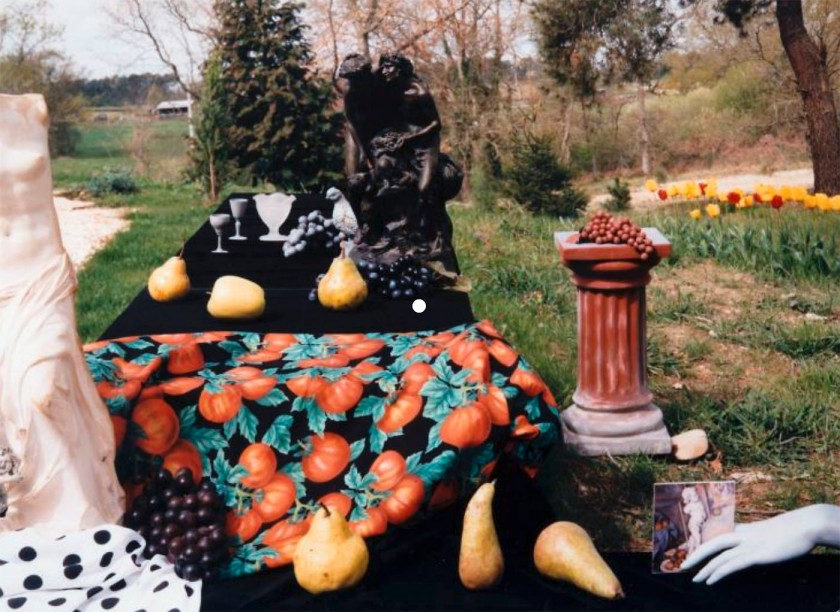



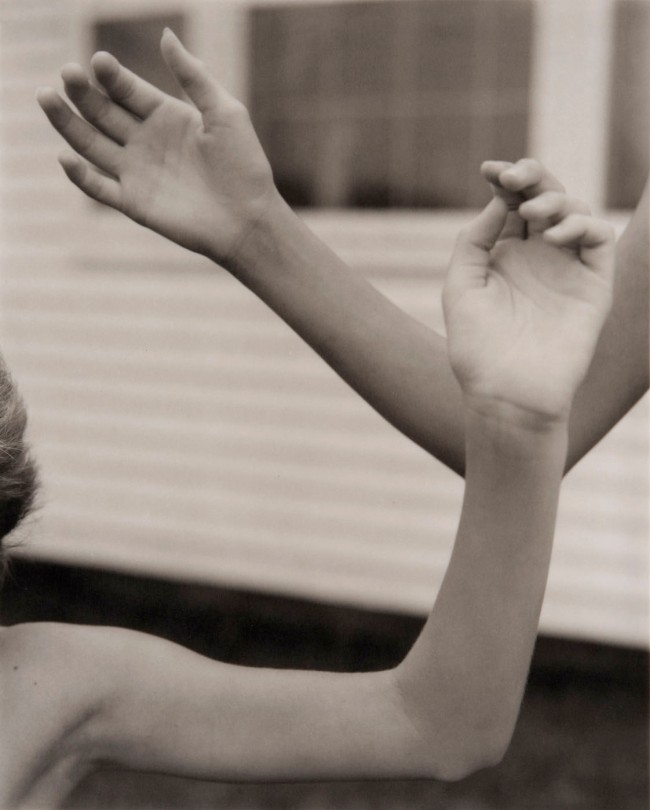


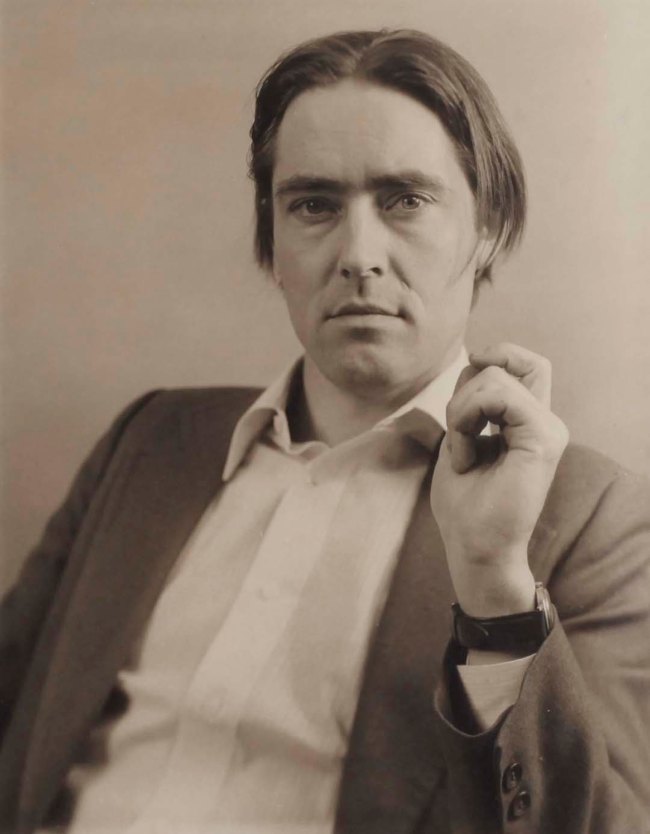
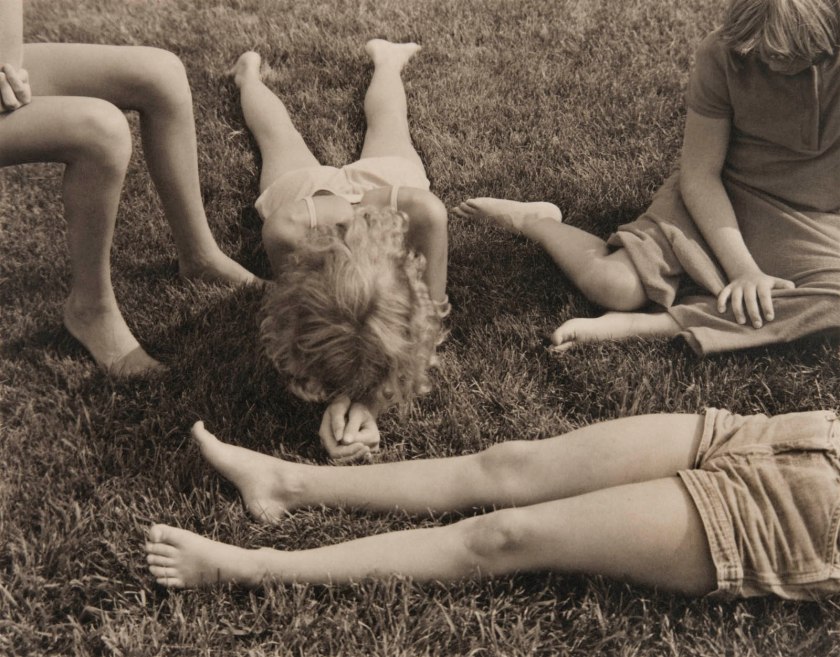
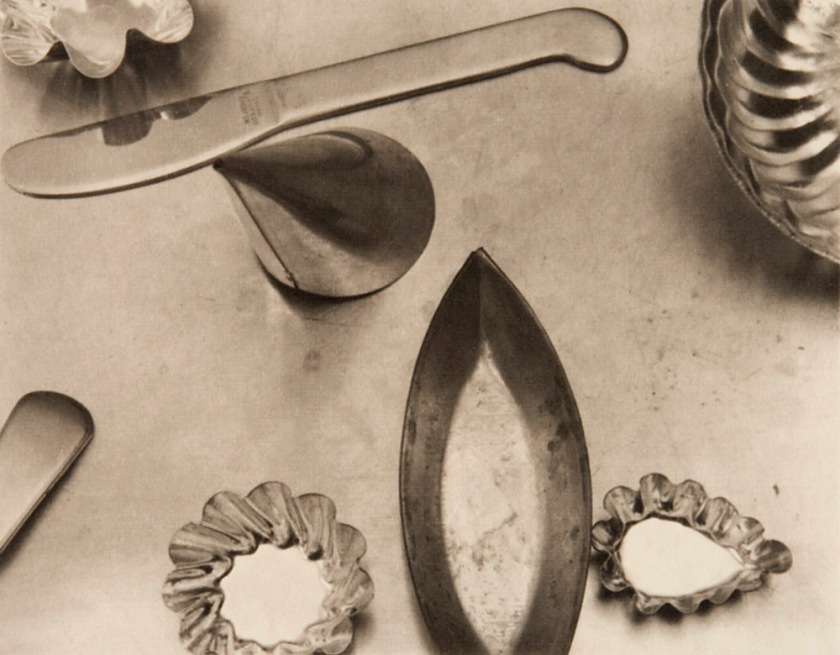

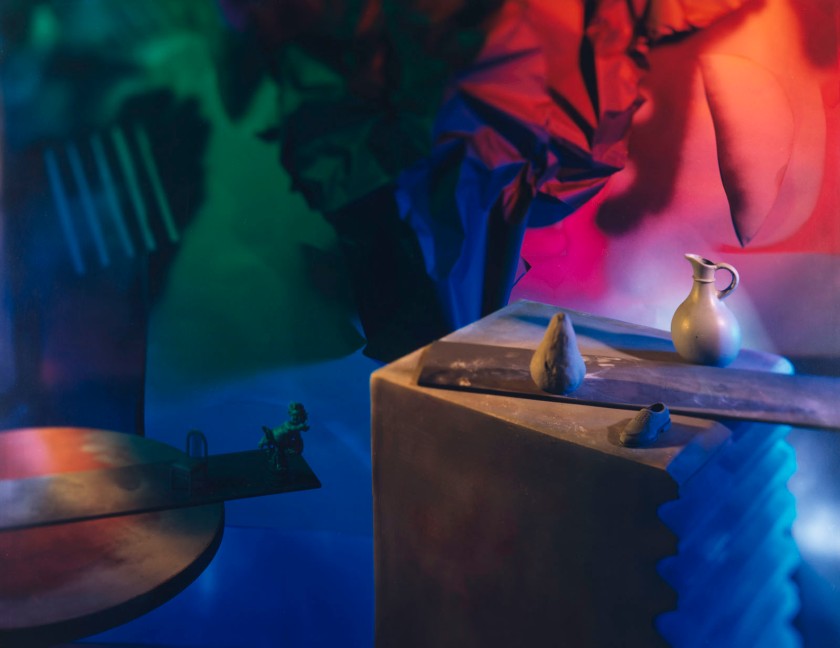
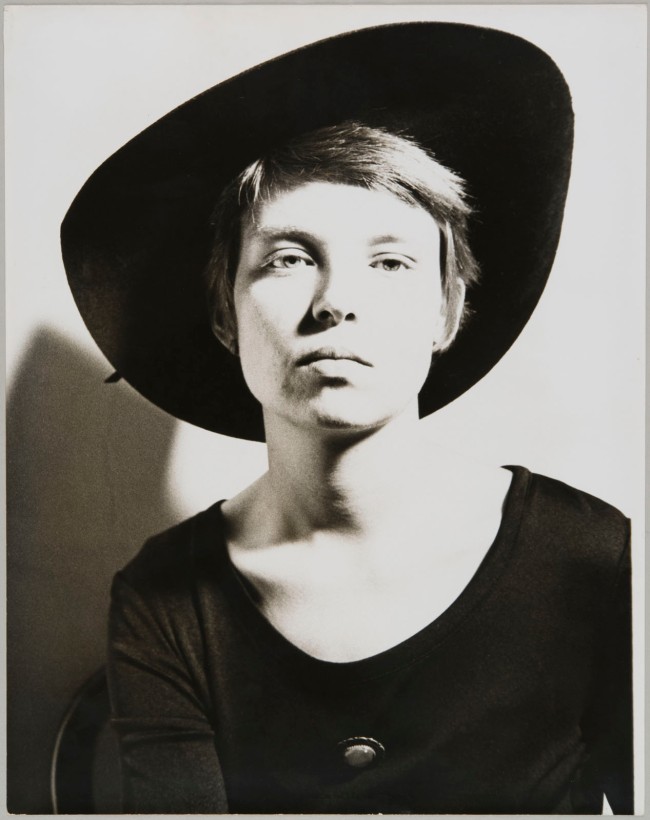














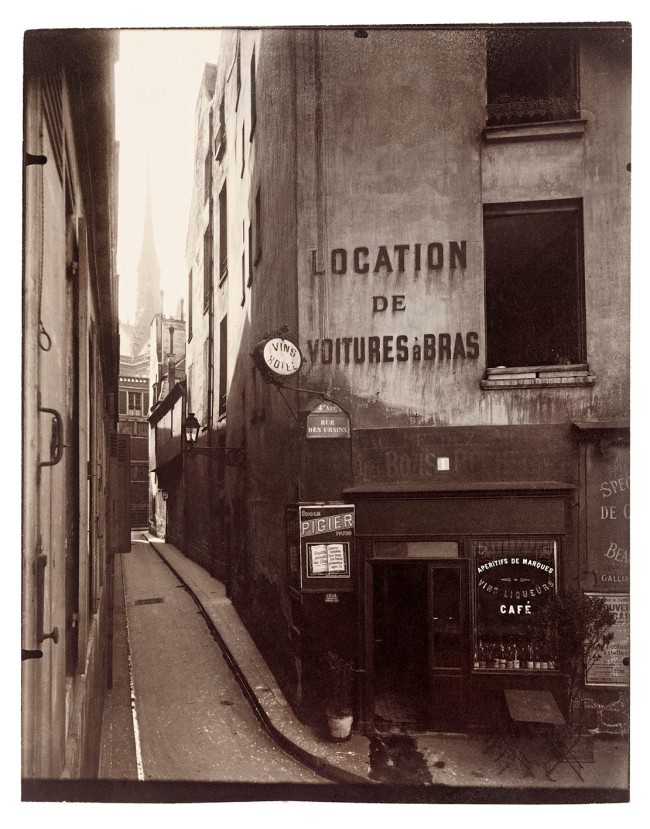

















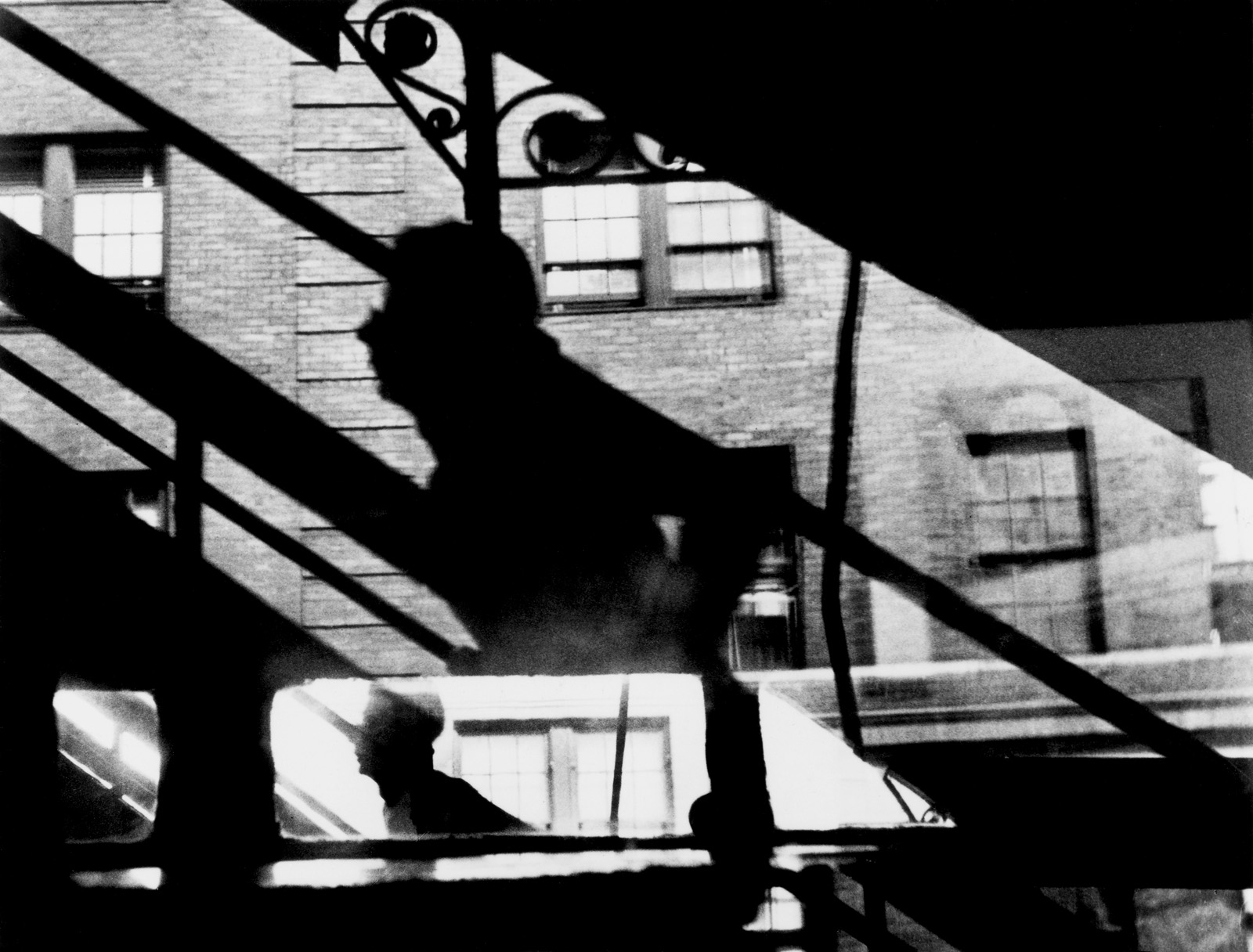


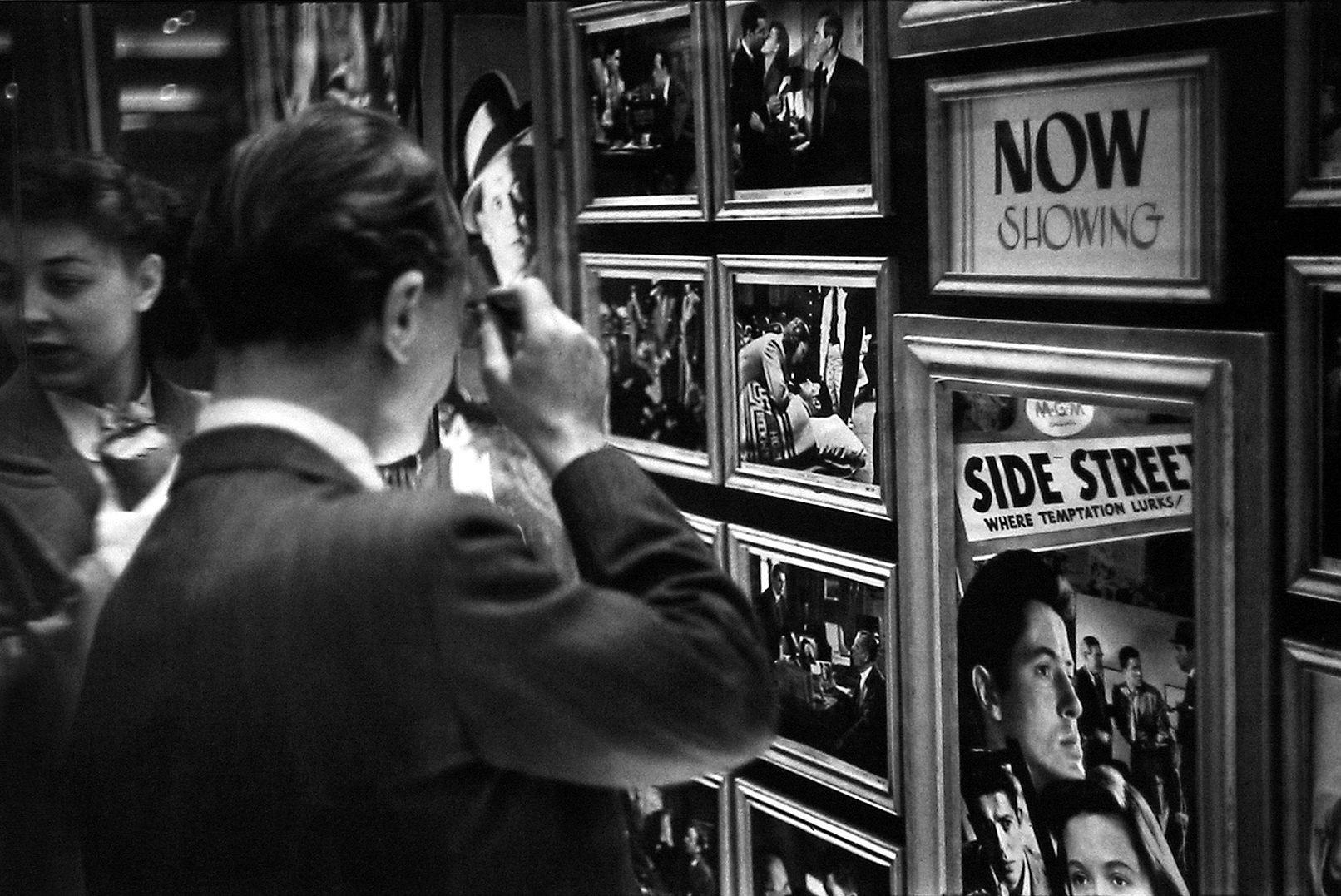



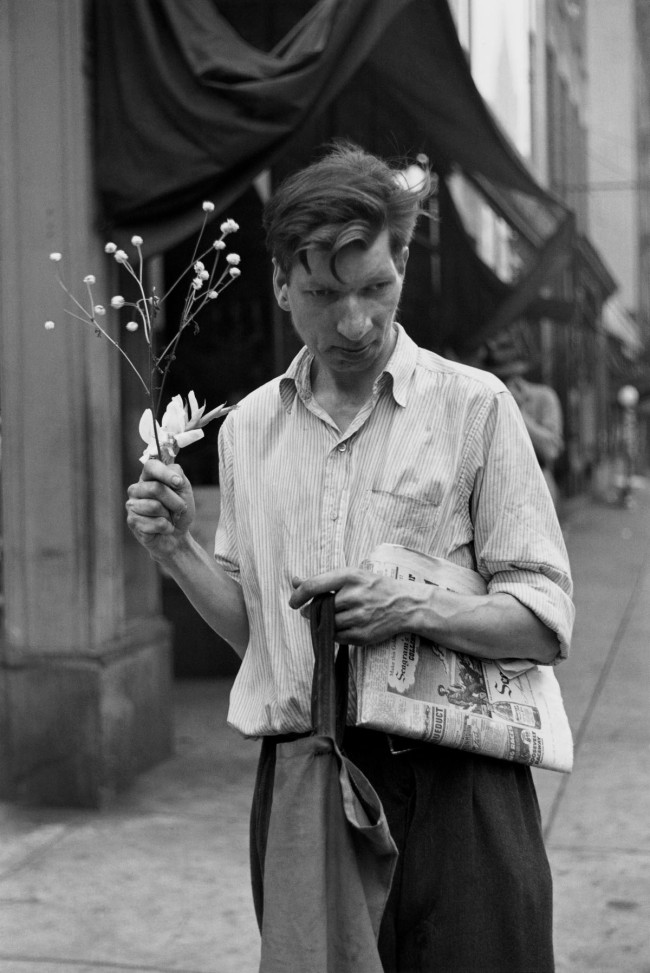


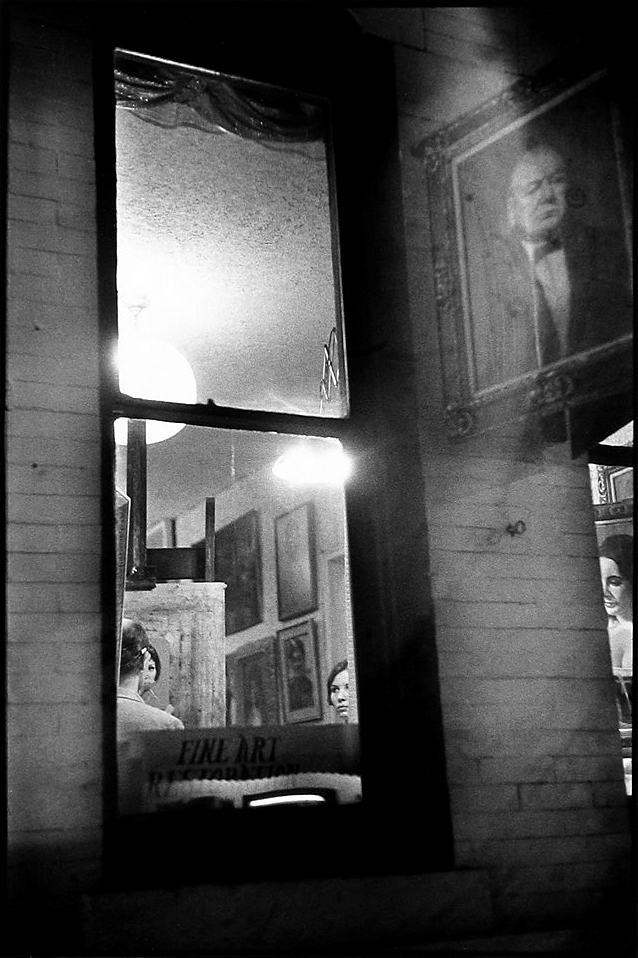


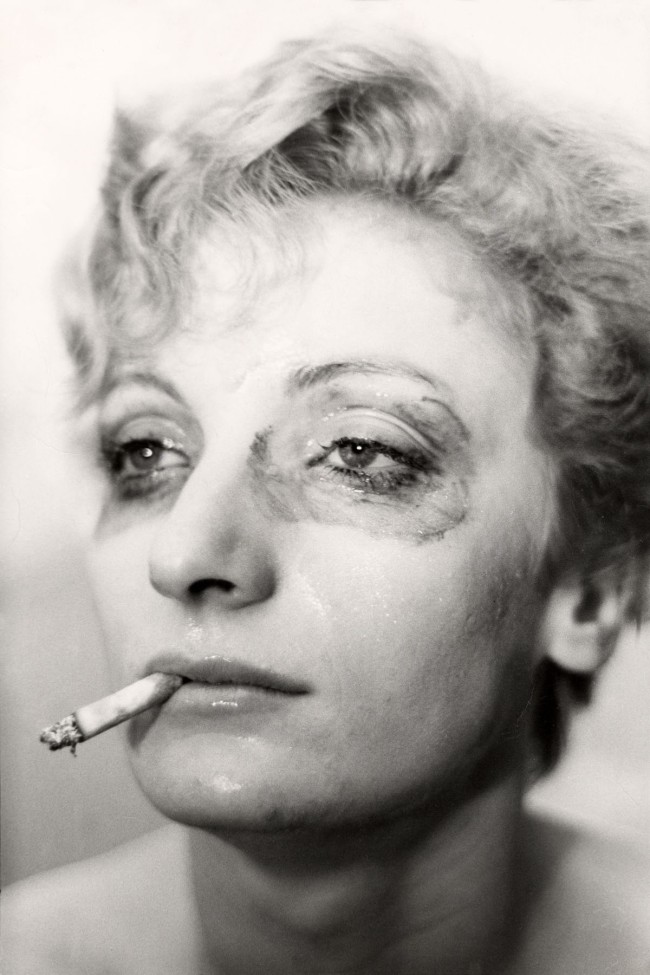

















You must be logged in to post a comment.